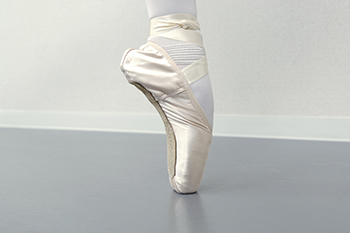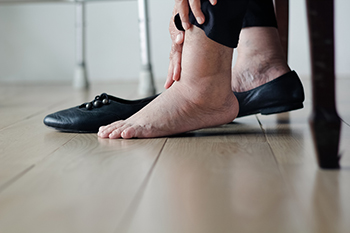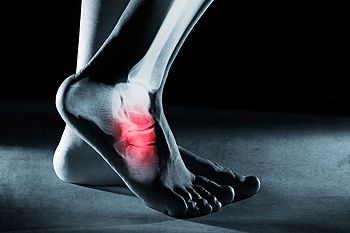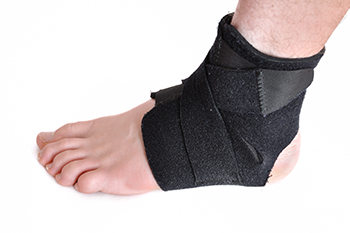
Moles typically appear as small, dark brown spots on the skin due to clusters of pigmented cells. They can be anywhere, including the soles of the feet. Moles can change over time or can vanish completely. While moles on the bottom of the feet can be uncomfortable, they are seldom serious, especially if they are small, one color, and are painless. If the mole becomes large, bumpy or has uneven edges, and is various shades of brown, medical attention should be sought. It is possible that a simple mole on the sole of the foot could be a melanoma. Signs that such a mole could be more serious is when it is of asymmetrical shape, has irregular borders, and varies in color. If you have a mole on the bottom of your foot, even if you think it is non-cancerous, it is suggested that you see a podiatrist for an examination. It is always better to be safe than sorry.
Foot Pain
Foot pain can be extremely painful and debilitating. If you have a foot pain, consult with Dean Kim, DPM from Greater Texas Foot & Ankle Specialist. Our doctor will assess your condition and provide you with quality foot and ankle treatment.
Causes
Foot pain is a very broad condition that could be caused by one or more ailments. The most common include:
- Bunions
- Hammertoes
- Plantar Fasciitis
- Bone Spurs
- Corns
- Tarsal Tunnel Syndrome
- Ingrown Toenails
- Arthritis (such as Gout, Rheumatoid, and Osteoarthritis)
- Flat Feet
- Injury (from stress fractures, broken toe, foot, ankle, Achilles tendon ruptures, and sprains)
- And more
Diagnosis
To figure out the cause of foot pain, podiatrists utilize several different methods. This can range from simple visual inspections and sensation tests to X-rays and MRI scans. Prior medical history, family medical history, and any recent physical traumatic events will all be taken into consideration for a proper diagnosis.
Treatment
Treatment depends upon the cause of the foot pain. Whether it is resting, staying off the foot, or having surgery; podiatrists have a number of treatment options available for foot pain.
If you have any questions, please feel free to contact our office located in Frisco, TX . We offer the newest diagnostic and treatment technologies for all your foot care needs.










